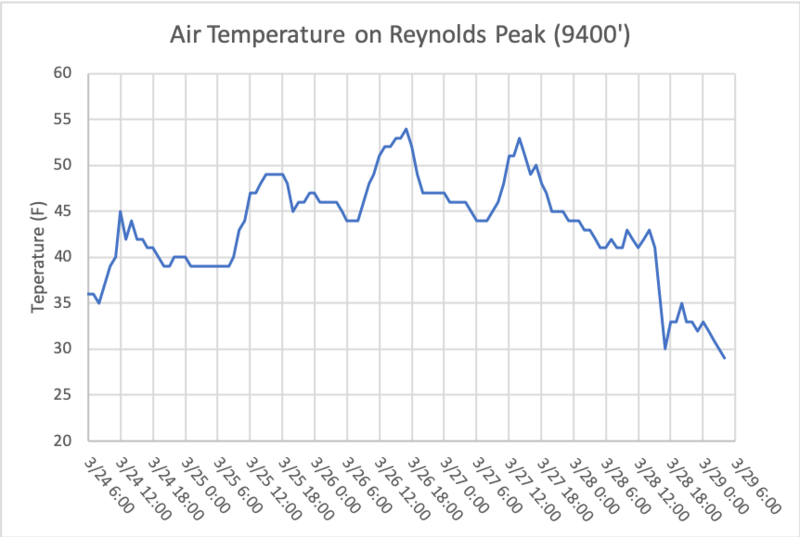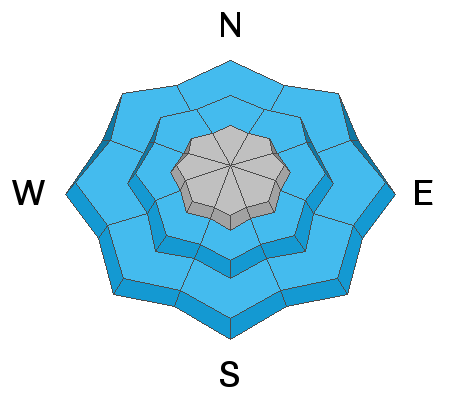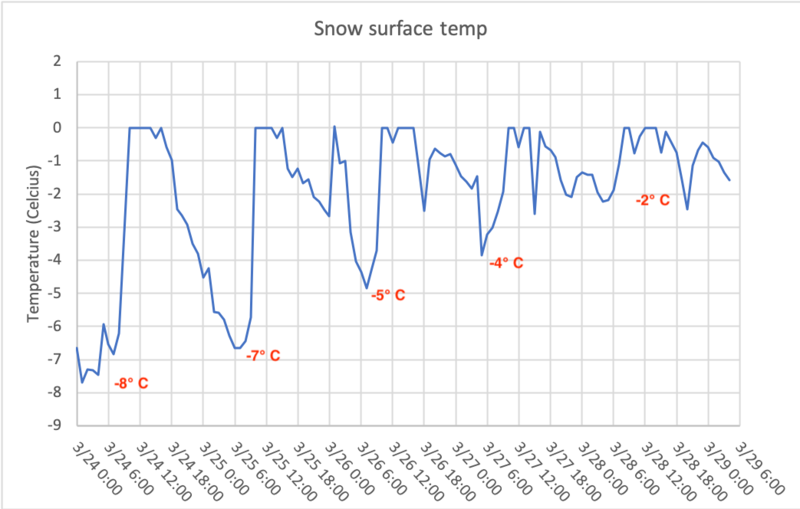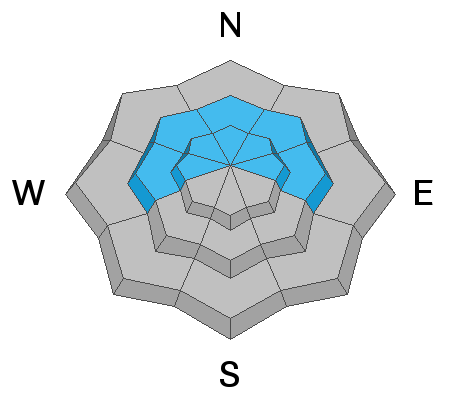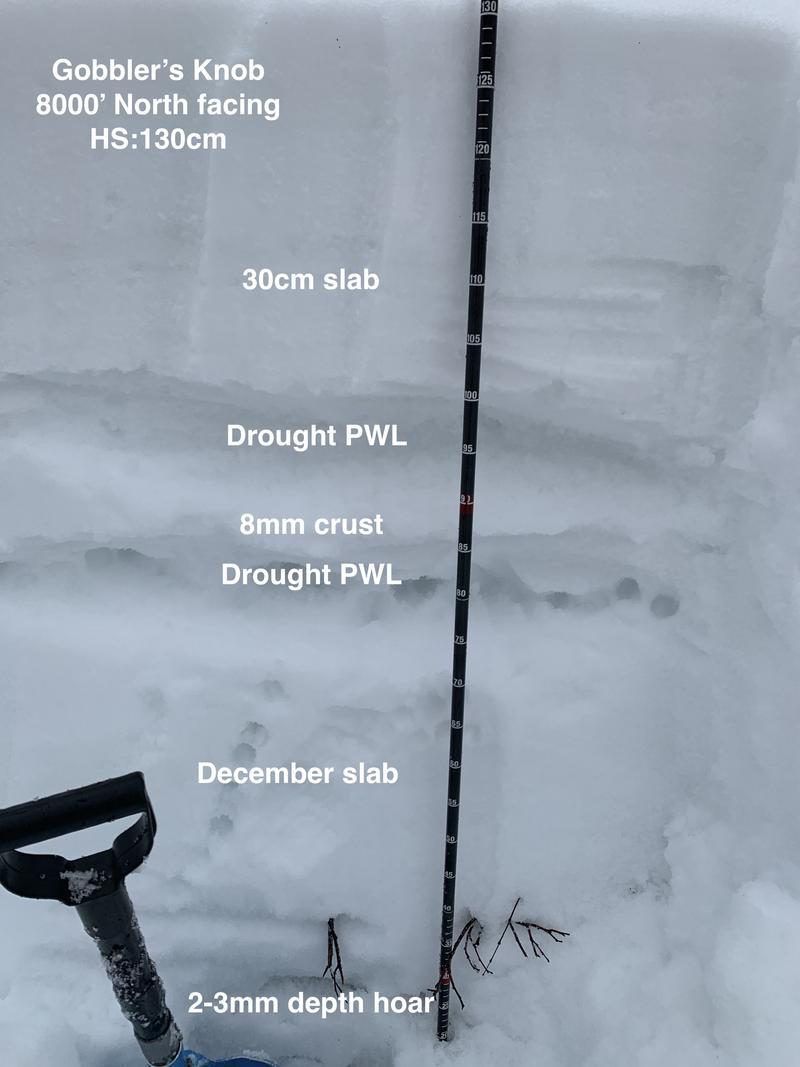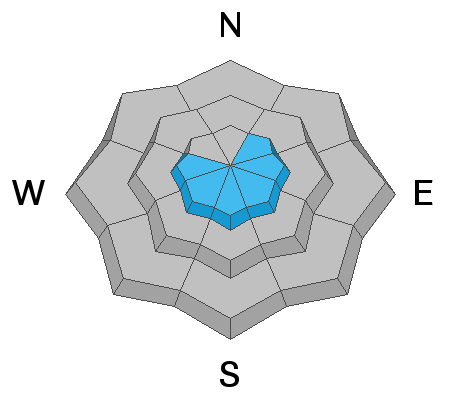Forecast for the Salt Lake Area Mountains

Issued by Mark Staples on
Tuesday morning, March 29, 2022
Tuesday morning, March 29, 2022
What a mess of conditions today! There is rain/drizzle and a wet snowpack at low elevations. Mid elevations have cooled but the snowpack likely remains mostly damp or wet and have a buried persistent weak layer that hasn't gone away. Higher up the snow surface refroze last night and now has an inch or two of new snow that will be drifted by increased winds this afternoon. The danger is MODERATE at all elevations and aspects because avalanches remain possible
If conditions sound complex, they are. After such hot weather this weekend, the snowpack remains wet in many places. Even though the snow surface refroze last night at mid elevations, the snow is likely wet underneath. To make matters more confusing and tricky, some slopes still harbor a buried layer of weak facets, and we don't know yet if this layer has begun healing or if it remains unstable. Most all of the avalanche problems are difficult to evaluate today.
Personally, I'd just avoid all avalanche terrain today because there's a lot of risk and uncertainty but little reward.
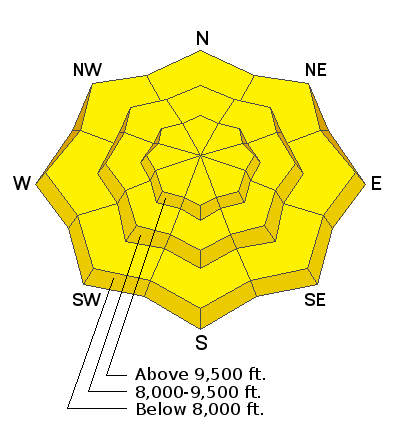
Low
Moderate
Considerable
High
Extreme
Learn how to read the forecast here


